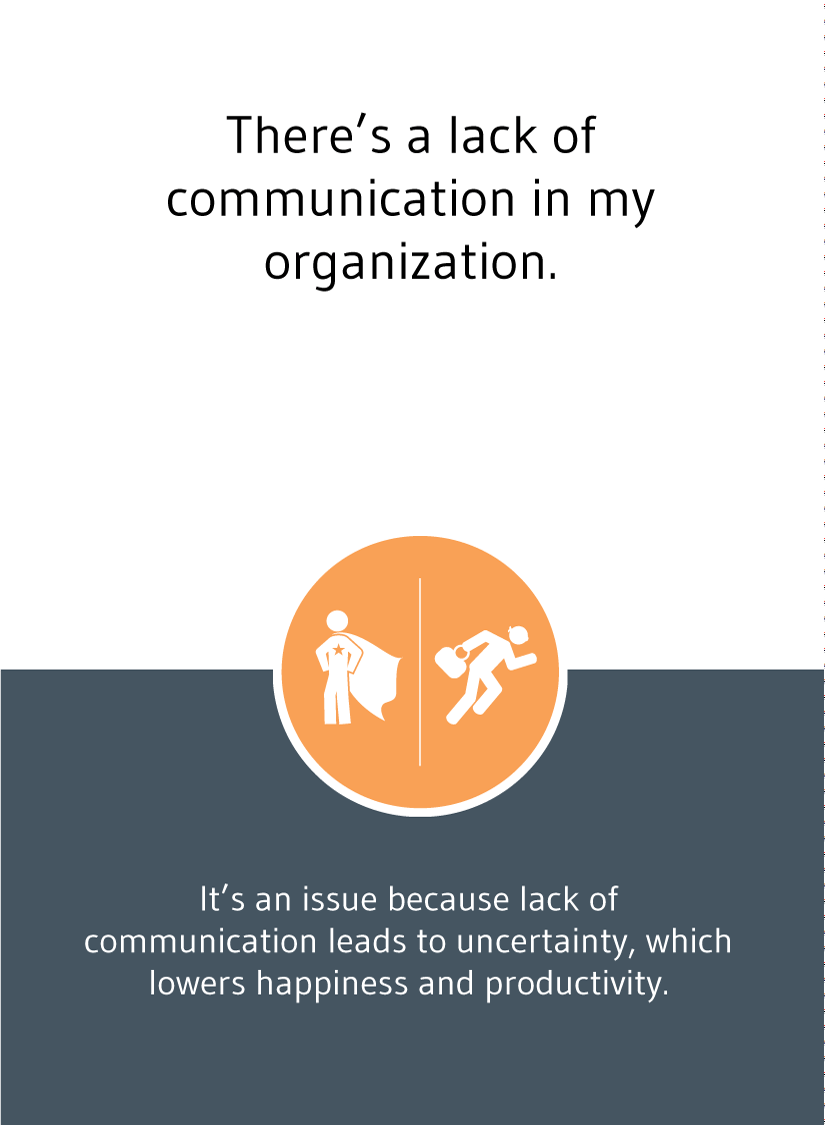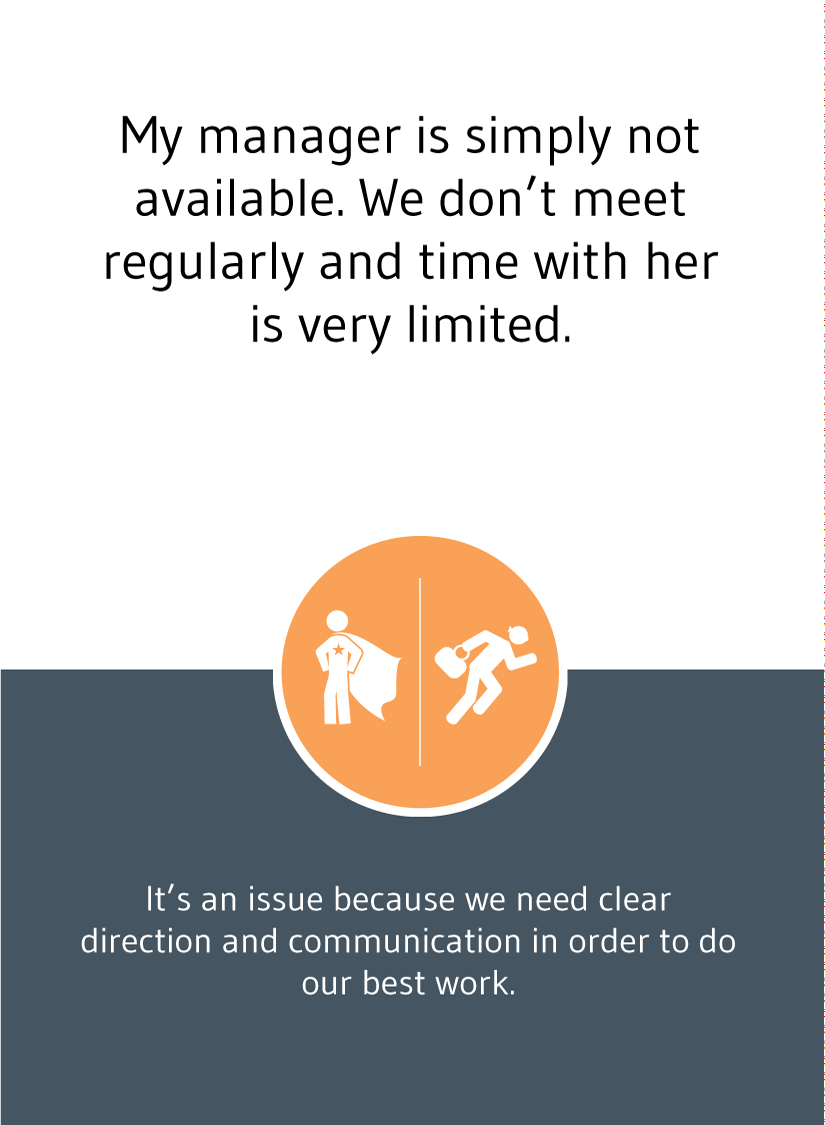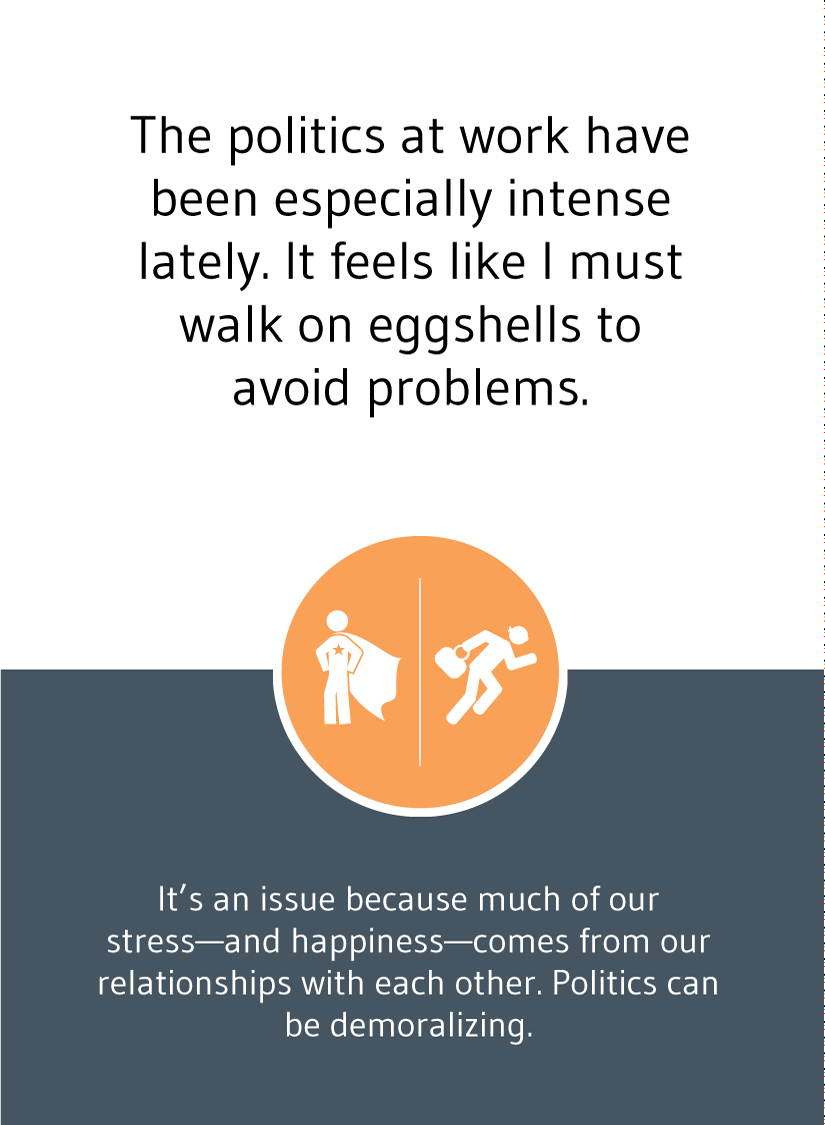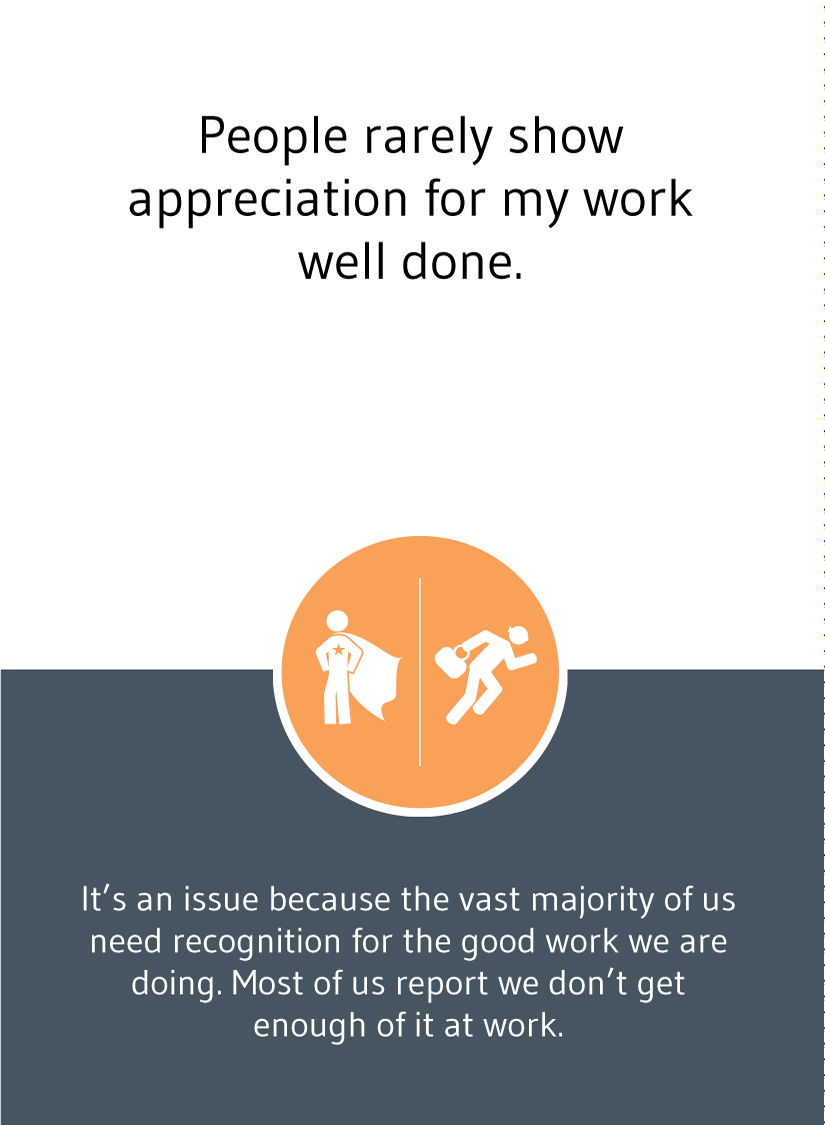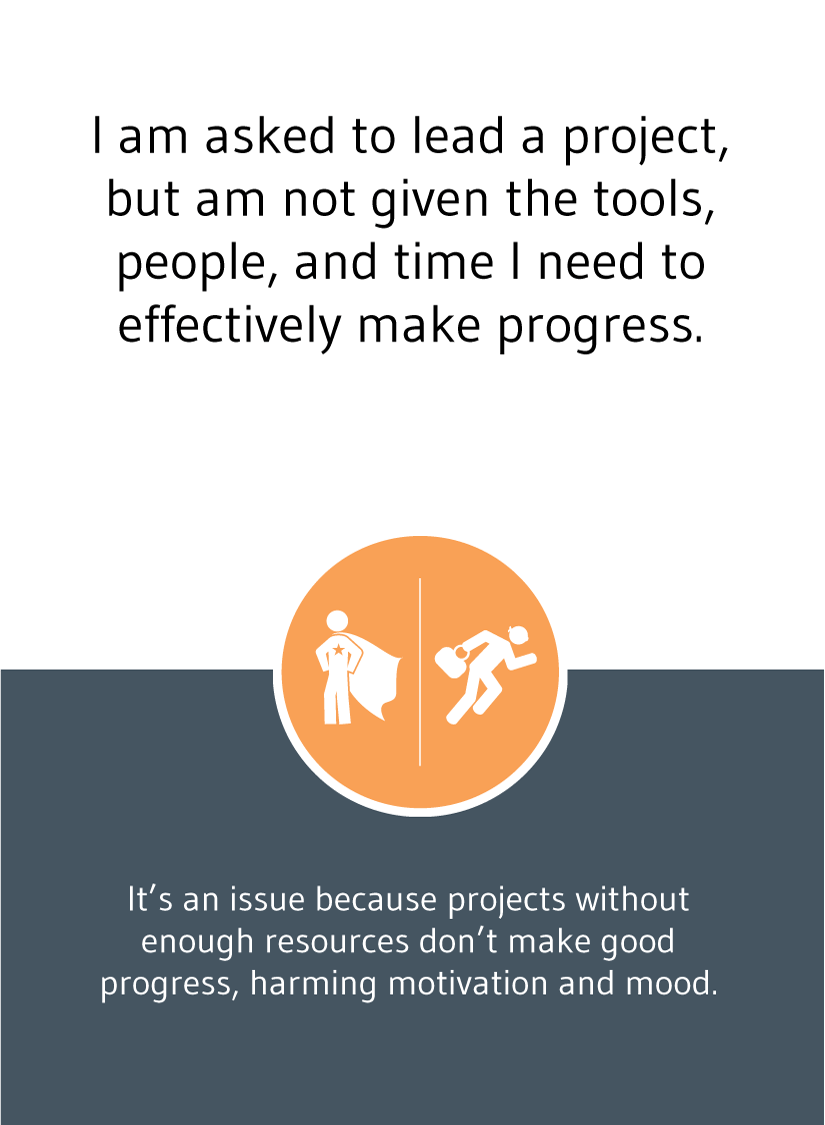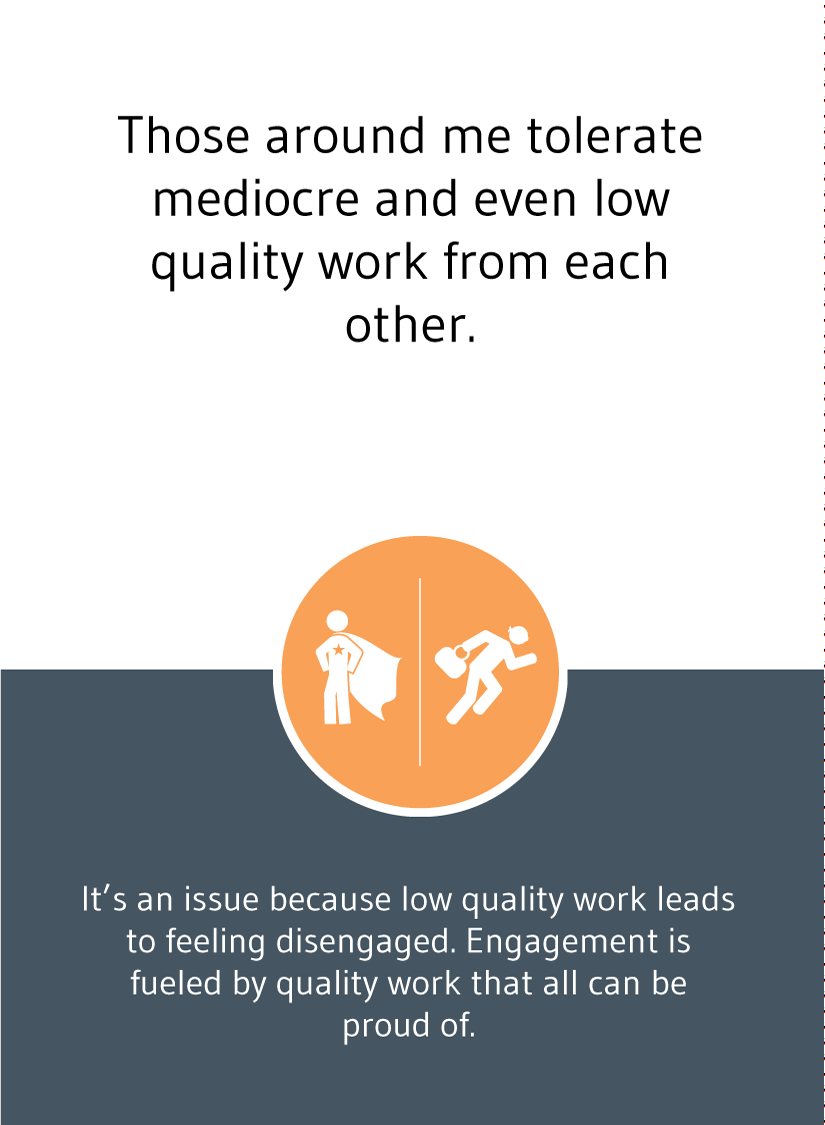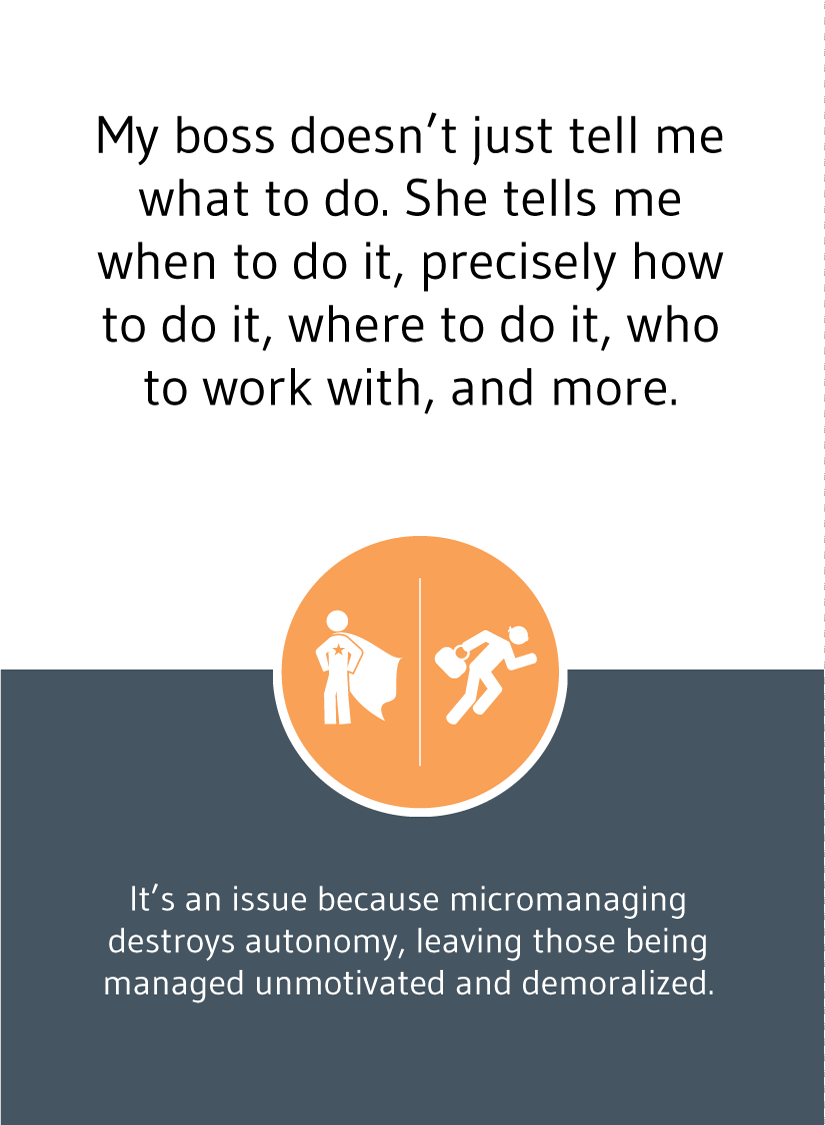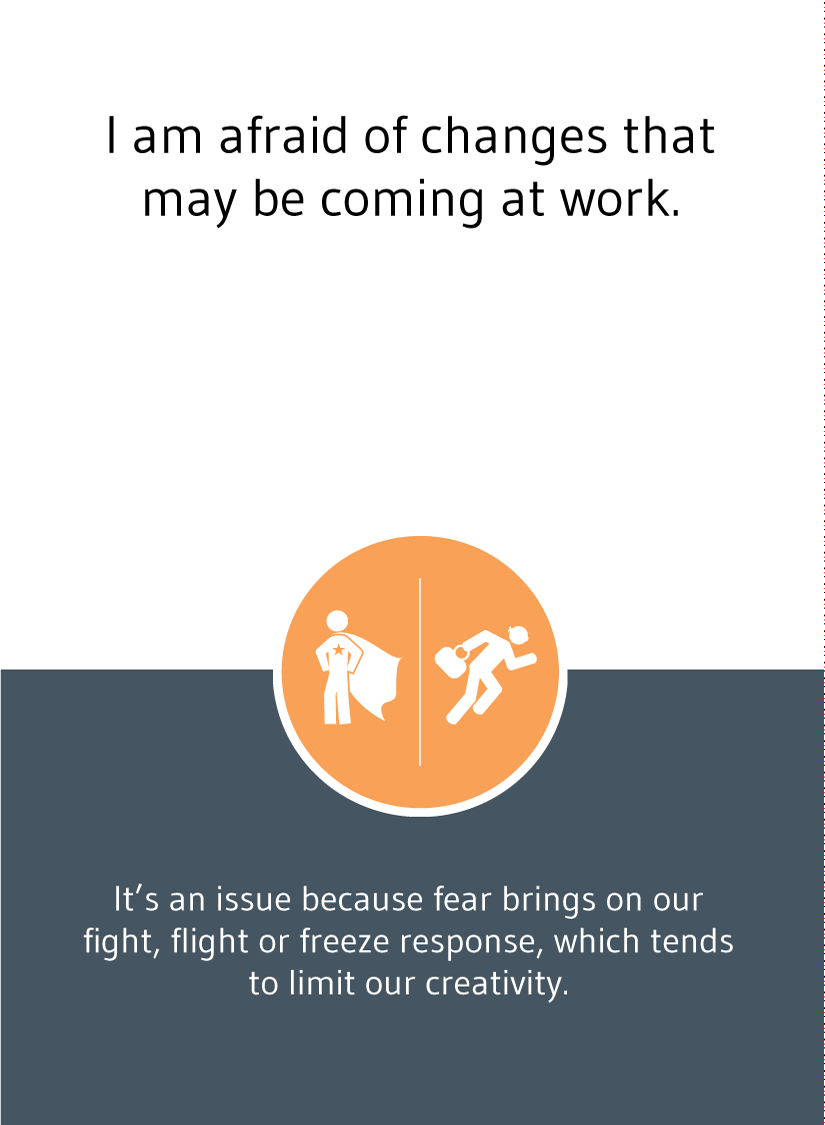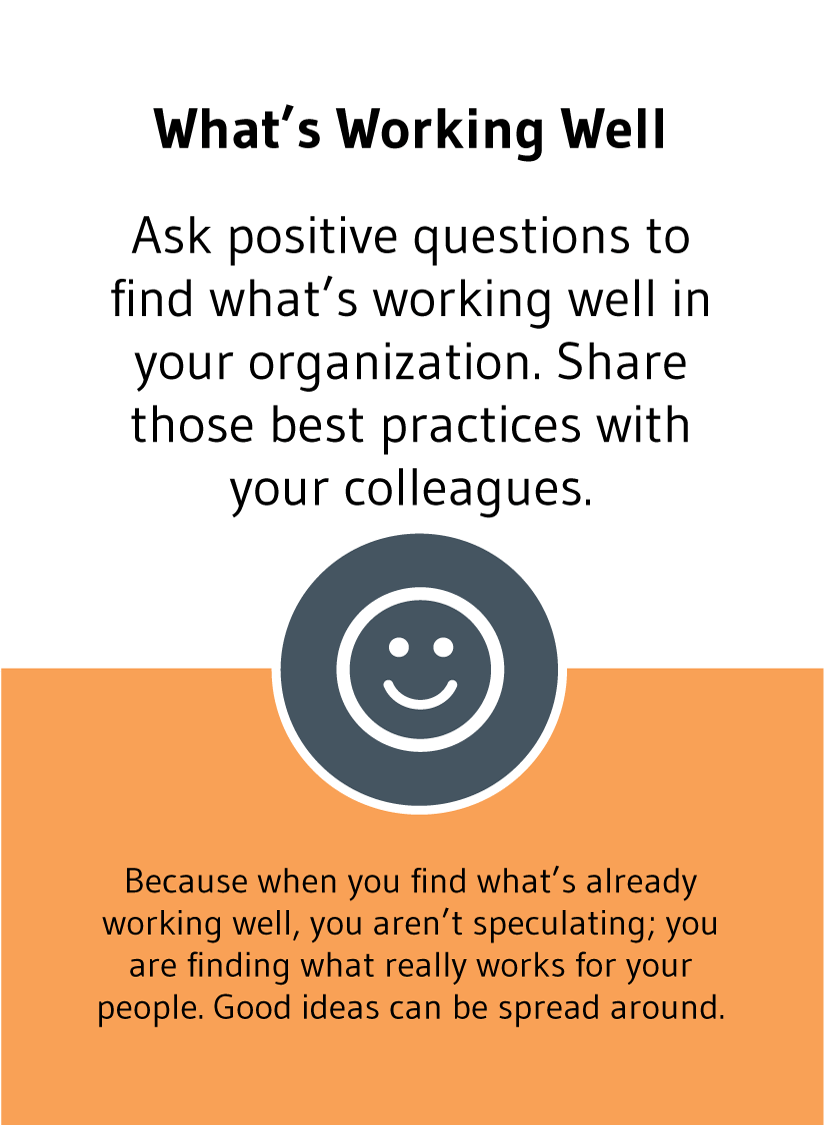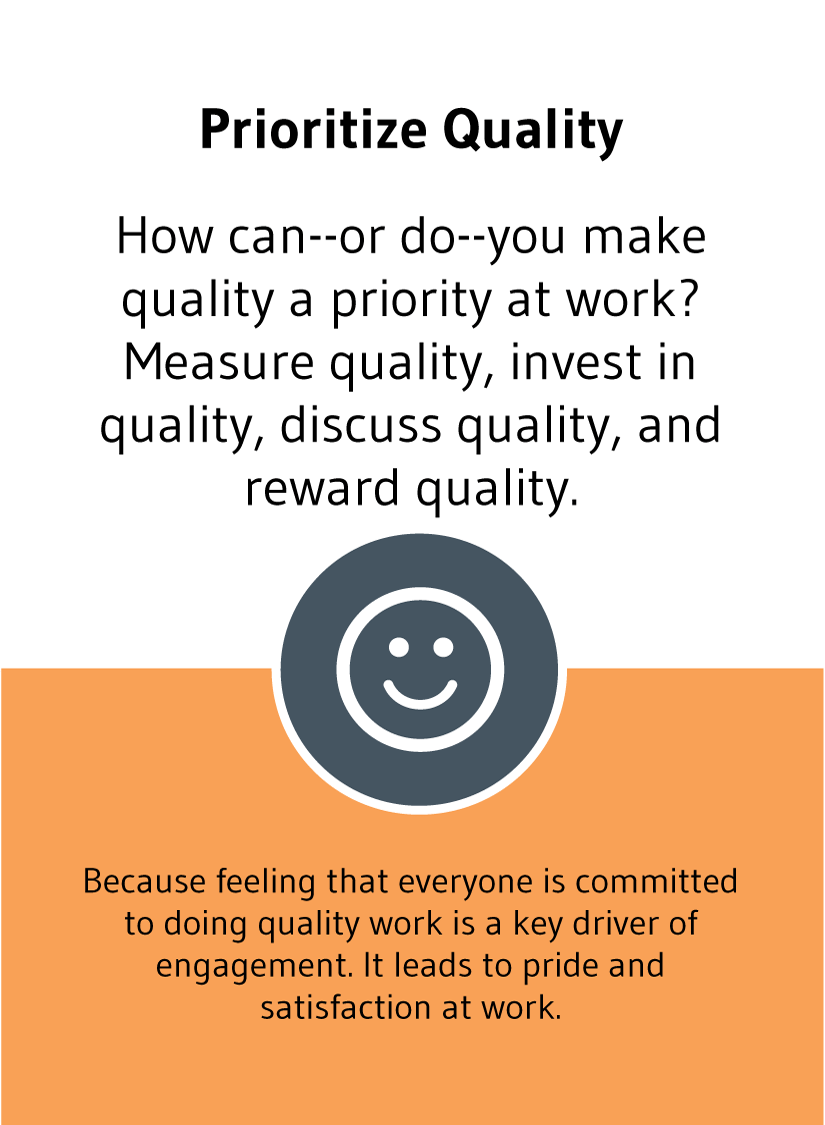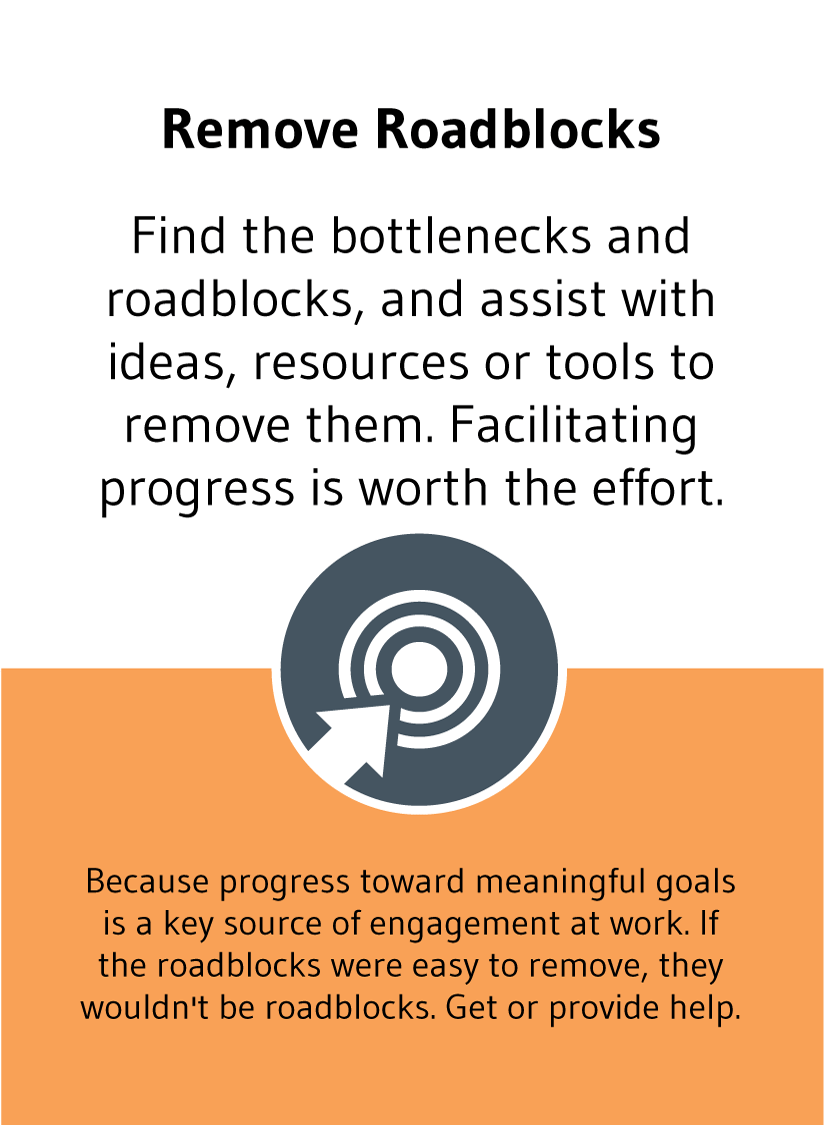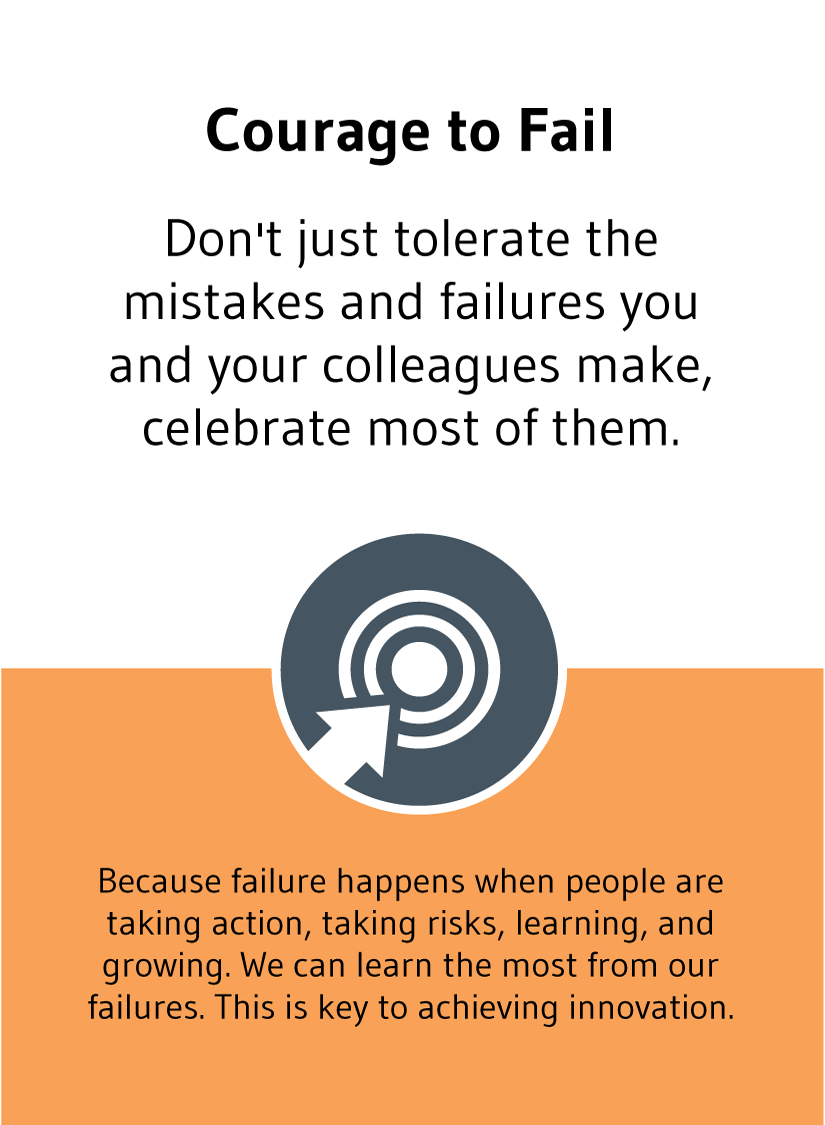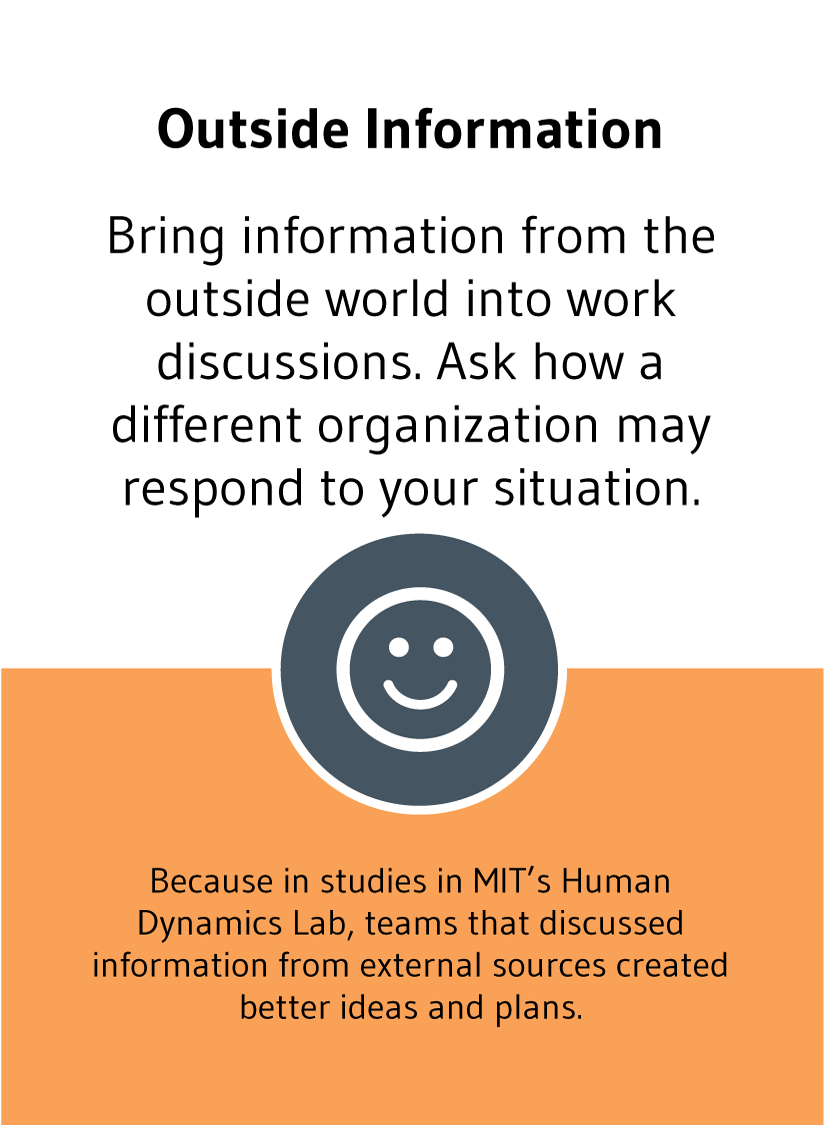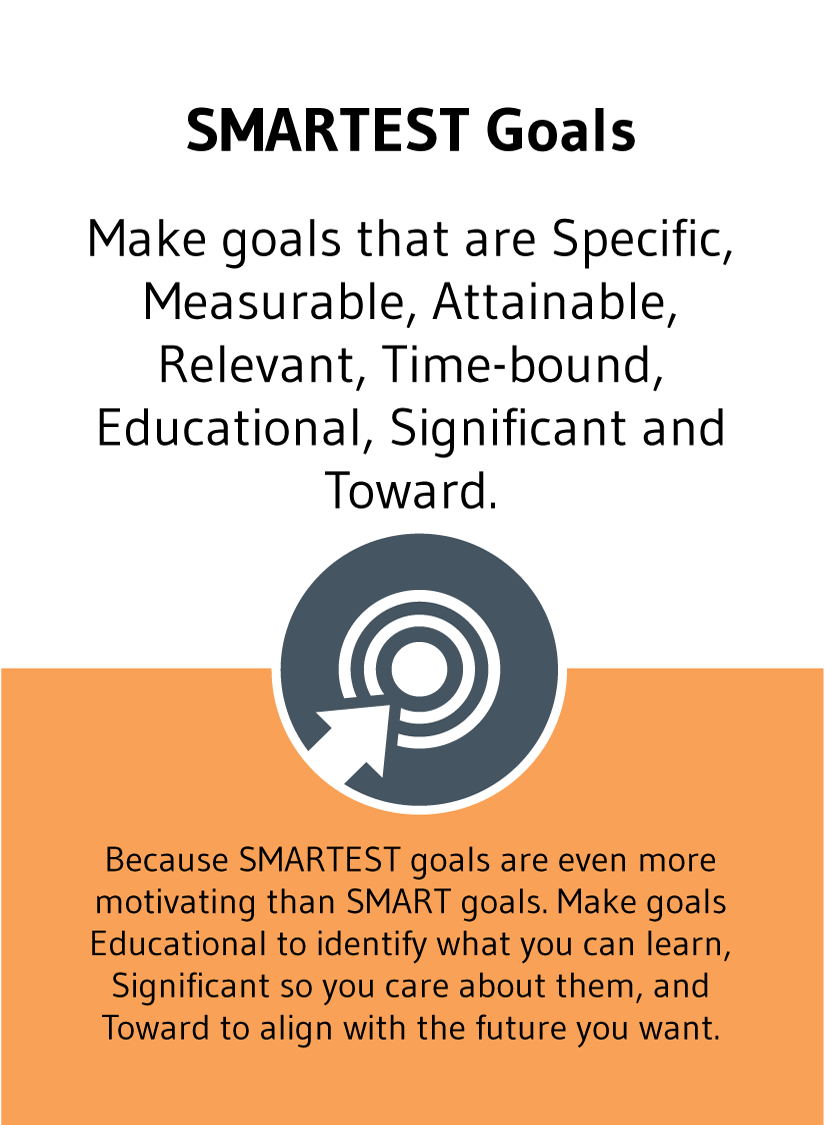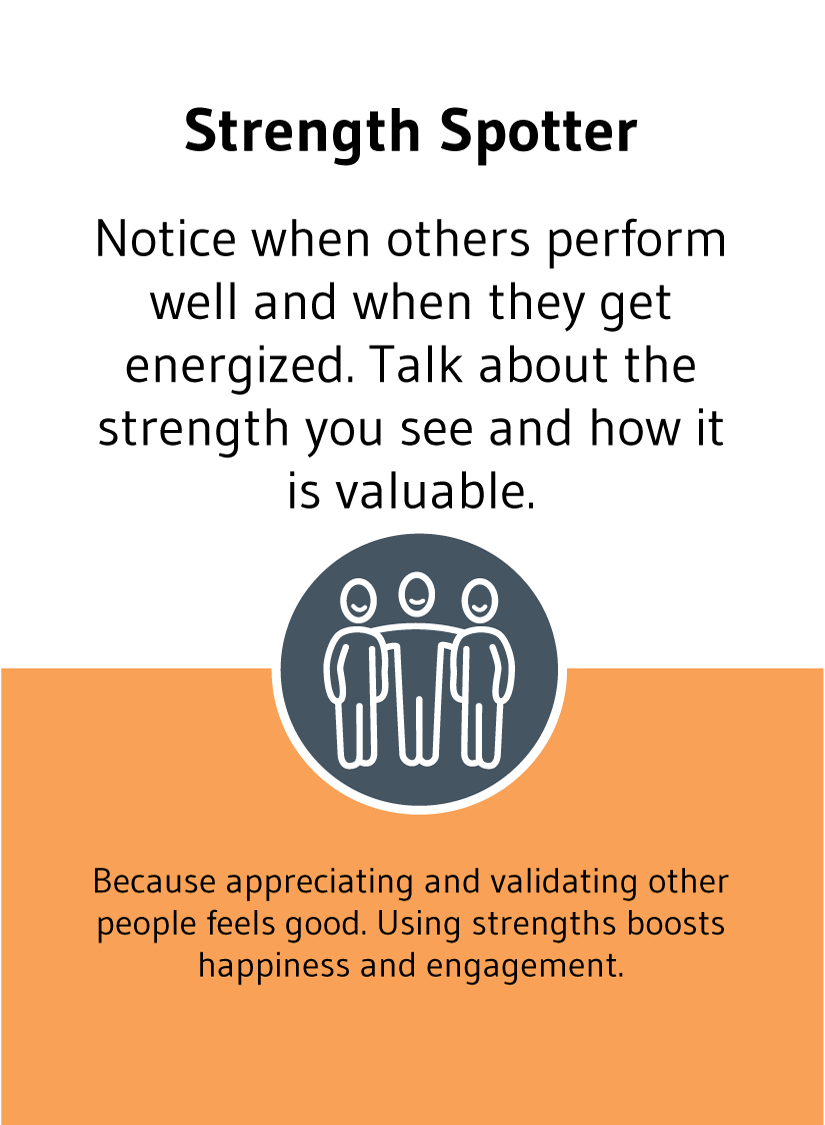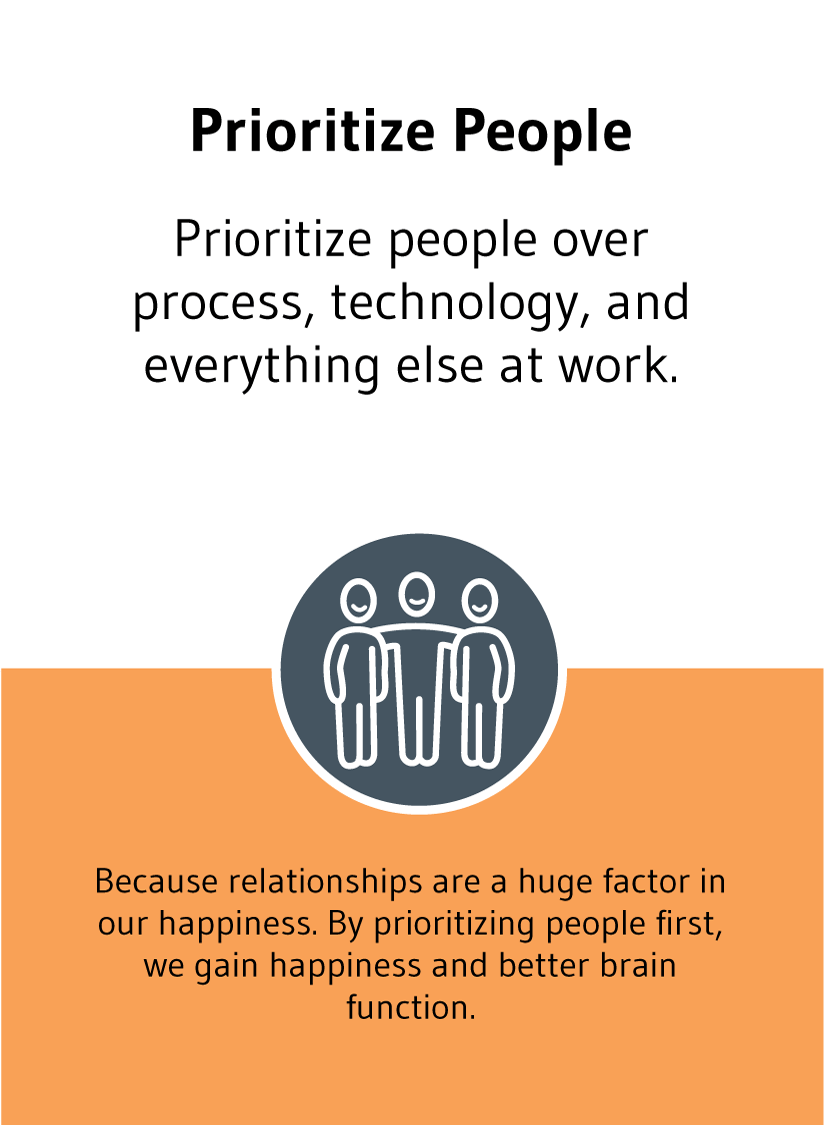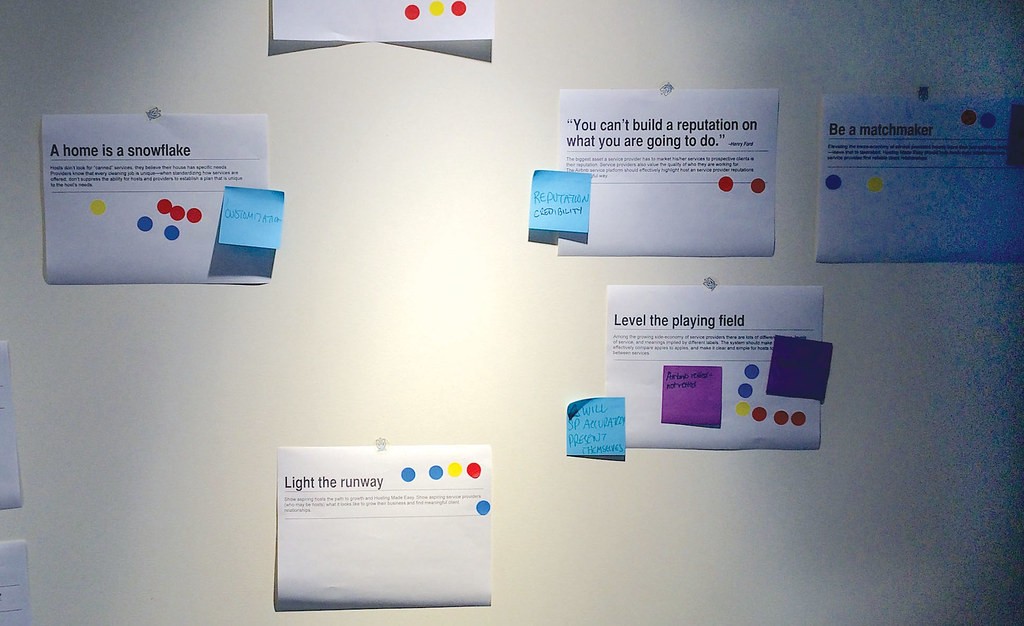
Let’s Vote: Crowdsourcing and Gamifying Change
Would you and your colleagues all agree on the biggest problem your organization faces? Would you agree on how to solve it? How cool would it be if you could discover the answers — and real practical solutions — through a fun, game-like experience that doubles as a powerful training? Can you “gamify change”?
I know it’s not as easy as it sounds. In my three decades of professional experience, I’ve learned that agreeing on problems and their relative importance is difficult. Solving those problems is even harder.
But games and a process called Appreciative Inquiry can inspire solutions. You can create an extremely interactive and educational experience for your colleagues while identifying and solving problems in the process. You can gamify change.
How to Gamify Change: A Process to Crowdsource Problems & Solutions
Here’s a 10-step process I’ve used with clients with great success:
1. Gather the right stakeholders.
For the sake of this example, let’s say your organization has 30 key stakeholders you want to include in this process. Invite them with a clear agenda, expectations, and purpose. (You’ll be able to provide all of those items more easily after reading the rest of this post.)
2. Set up a space for success.
Our physical environment matters. Studies suggest that for working meetings, groups of 6 or fewer people are more effective since with larger groups, people tend to either dominate the conversation or withdraw from it. So divide your group of 30 stakeholders into 5 tables with 6 people each.
3. Create or buy a set of cards with problems and solutions on them.
I’ve done this activity using cards from Choose Happiness @ Work, our card game and facilitation tool that teaches the science of happiness and engagement at work. But you could use a different set of cards, or even make your own by asking people to contribute problems and solutions. Regardless of what cards you start with, I suggest you curate the cards so that you are left with a subset of relevant problems and feasible solutions. You may need to buy or make several sets of the cards (one set per table, for example).
4. Deal 10 problem cards to every person (or group) in the room.
Ask each person to read the cards and think about them in silence. Give each person 5-10 minutes to decide which of the 10 problems is the most important for your organization to solve. (See below for some sample problem cards from Choose Happiness @ Work…and keep reading for details about why this method works so much better than just asking people to describe problems.)
5. Get people to “pair and share” the problems they picked.
After each person has selected a “top problem,” have people pair up and discuss which problem they picked and why. Try to get each pair to agree on which of the two problems is the most relevant to your organization.
6. Pairs report out at tables; get tables to vote on the #1 problem.
With 6 people at each table, you should have 3 pairs of people that have each picked a problem they feel is especially important. Have pairs report out at their tables. Each table should discuss the 3 problems that were elevated by pairs, and vote on which of the 3 is the most important problem for the organization to solve.
7. Tables report out the problem they picked.
In this particular example, 5 tables are now ready to share the problem they felt was most important for the organization to solve.
8. The whole room votes on the top 3 problems.
I typically write the 5 problems the tables shared on large pieces of flip-chart paper, with plenty of room on the paper. Then I give people dot stickers, and tell everyone in the room to put a dot on the problem they think is most important for the organization. (See the image at the top of this post for a sample outcome from dot voting.) Once the voting is complete, you’ve successfully crowd-sourced the 3 biggest challenges for your organization.
9. Essentially repeat the process, now to solve the top 3 problems.
This time, deal 10 solutions to each person (or group) in the room, and instruct each person to pick the solution they feel best addresses one or more of the problems that were identified. (See below for some sample solution cards from Choose Happiness @ Work.) Give everyone a few minutes of silence to pick their best solution. Then pair people up to compare solutions, and have pairs pick the solution most likely to be helpful. Have pairs report out at tables, have tables vote on the #1 solution, then have tables report out the solution they picked (and why).
10. Assign owners to drive those solutions.
You’ve now got 5 solutions to problems that your colleagues decided were the most important to solve. Because these solutions came from your own people, you likely have their buy-in. If you assign owners to drive those solutions, you are well on the way to solving your organization’s most important issues.
How does this structure help gamify change? Why not just ask the room for ideas?
If you ask a room full of people to talk about problems their organization faces, it can often be a difficult conversation. Many won’t feel safe describing organizational problems in a room filled with colleagues. But if the cards/game raise problems for you, it makes it much safer to raise issues. You’re not complaining about the culture — you’re just picking a card from the game. For instance, many people wouldn’t volunteer on their own that their organization struggles with communication issues. But if one of the cards they are dealt describes communication problems, it’s easy to choose that card.
In other words, games provide what game designers like me call a “magic circle” — an environment and set of rules that create a boundary between the game and the “real world.” By setting this activity up as a game-like interaction, with structure, rules, and problems to pick from, we provide participants with more psychological safety to raise real issues. Thus, when you gamify change, you facilitate change.
Happy Brain Science is working on a short new book, likely to be released later in 2019, where we dive deep on how games can be a great way to provide psychological safety plus great learning & development opportunities. Please be sure to subscribe to our newsletter list at the very bottom of this page if you want to know when that e-book is available.
How is this training my people?
What does an activity like this have to do with training people? As artificial intelligence continues to advance, the most valuable skills for people will be uniquely human skills. The National Educational Association, among others, refers to these as 21st century skills. These are often called the 4 C’s:
- Critical thinking: The ability to look at problems in a deeper way and to implement solutions that last.
- Creativity: The ability to innovate, both individually and in teams.
- Communication: The ability to express and understand ideas and information.
- Collaboration: Taking personal responsibility for working effectively with diverse teams.
By doing this activity in a group and having pair, small group, and large group conversations, participants can see how their colleagues are learning and using those 4 C’s. Every participant will need critical thinking, creativity, communication, and collaboration to work through the process successfully.
Your Mileage Will Vary. Gamify Change Your Own Way.
Of course, no two organizations are alike. You will need to adapt this process to suit the people, culture, and resources you have available. Please ask questions or give us your input in comments below. We’d love to hear how it goes — and please let us know how we can help.
